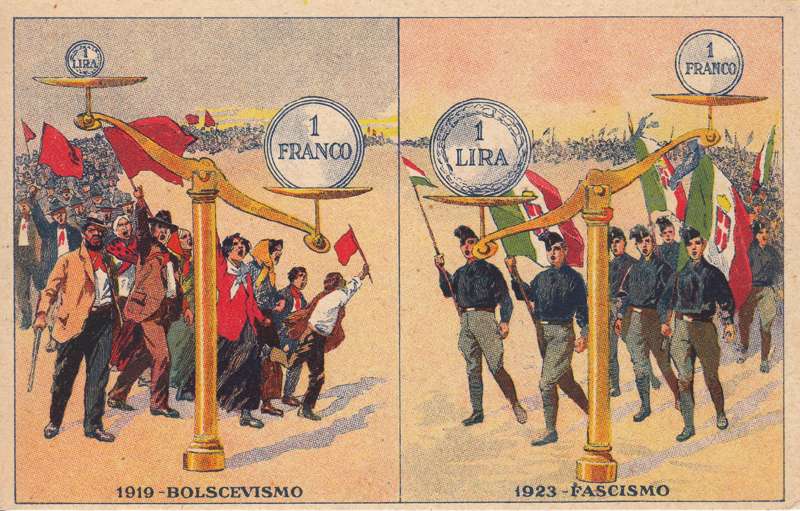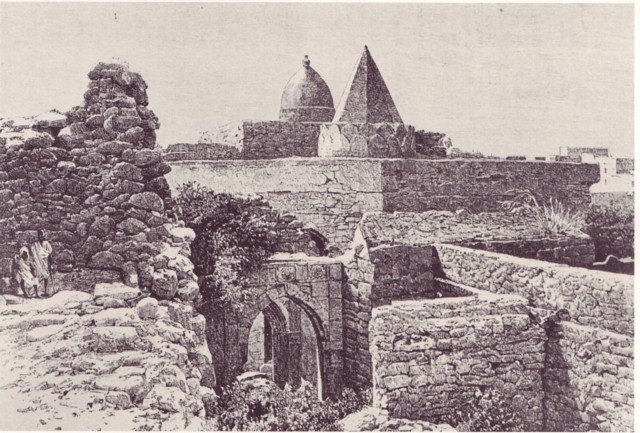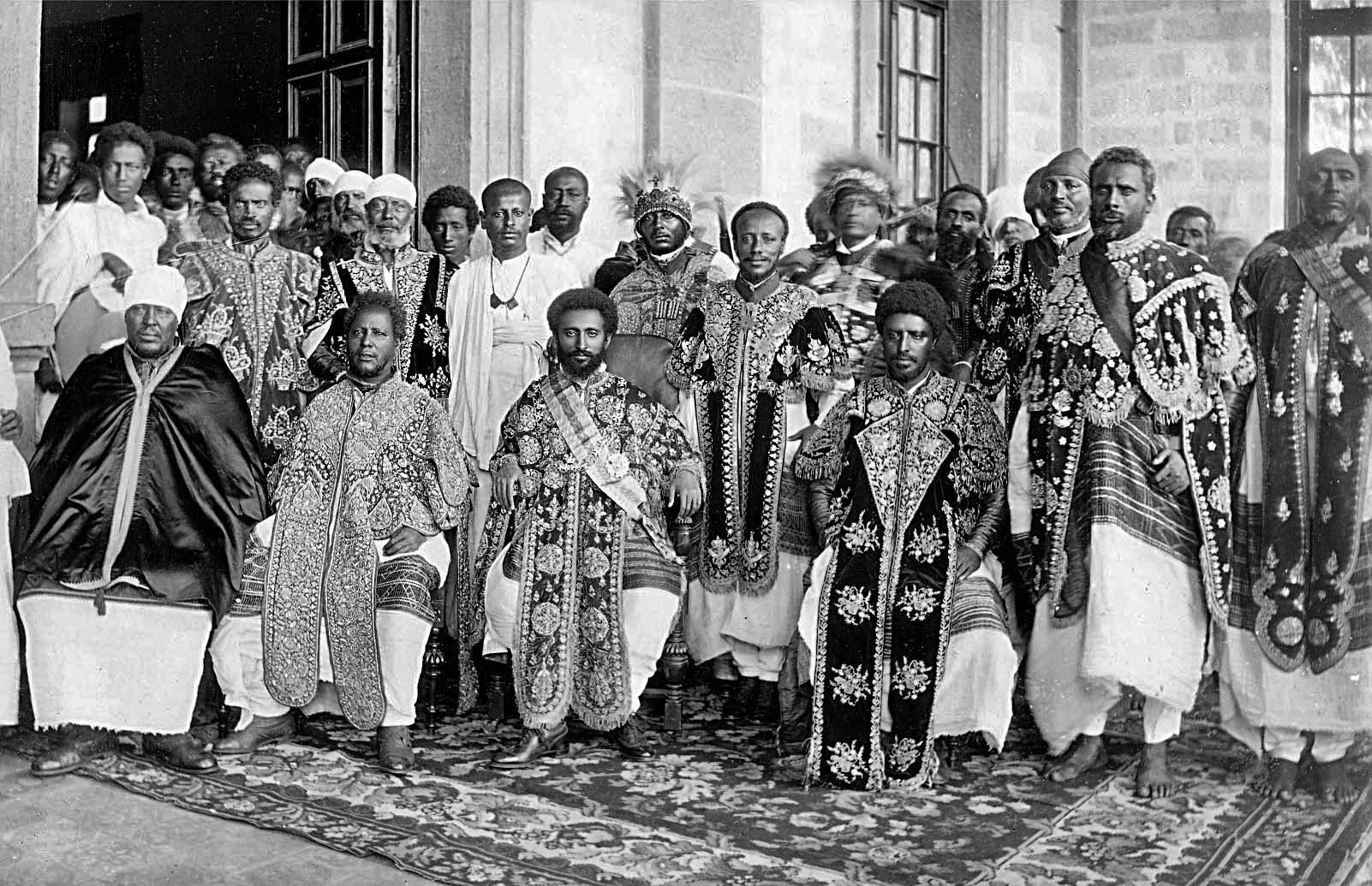|
Ual-Ual Incident
The Ual-Ual Incident (in Italian: ''Incidente di Ual Ual''; in Somali: ''Dhacdadii Walwaal''; in Amharic: ''የወልወል ክስተት'') was an armed conflict in which Ethiopian troops attacked the Italian garrison in Ual-Ual. On 5 December 1934, after a few weeks of tension between the garrison and Ethiopian armed men, a violent firefight began for the possession of the locality, which was located in a strip of disputed territory. According to the Ethiopians, Ual-Ual had been illegitimately occupied by the Italians since 1926 but, in this incident, Italian control over Ual-Ual was confirmed. The conflict ended with an agreement under the League of Nations but Fascist Propaganda made it a ''Casus belli'' for the War of Ethiopia. Prelude Ual-Ual, better known as Walwal or Welwel, was an important complex of 359 wells used by Somali, English, Italian and Ethiopian nomads, located within the deserts of the Ogaden, in an area where the borders were not well defined, between Ita ... [...More Info...] [...Related Items...] OR: [Wikipedia] [Google] [Baidu] |
Second Italo-Ethiopian War
The Second Italo-Ethiopian War, also referred to as the Second Italo-Abyssinian War, was a war of aggression waged by Fascist Italy, Italy against Ethiopian Empire, Ethiopia, which lasted from October 1935 to February 1937. In Ethiopia it is often referred to simply as the Italian Invasion (; Oromo language, Oromo: Weerara Xaaliyaanii), and in Italy as the Ethiopian War (). It is seen as an example of the expansionist policy that characterized the Axis powers and the ineffectiveness of the League of Nations before the outbreak of World War II. On 3 October 1935, two hundred thousand soldiers of the Italian Army commanded by Marshal Emilio De Bono attacked from Italian Eritrea, Eritrea (then an Italian colonial possession) without prior declaration of war. At the same time a minor force under General Rodolfo Graziani attacked from Italian Somalia. On 6 October, Adwa was conquered, a symbolic place for the Italian army because of the defeat at the Battle of Adwa by the Ethiopian ar ... [...More Info...] [...Related Items...] OR: [Wikipedia] [Google] [Baidu] |
Propaganda In Fascist Italy
Propaganda in Fascist Italy was used by the National Fascist Party in the years leading up to and during Benito Mussolini's leadership of the Fascist Italy (1922–1943), Kingdom of Italy from 1922 to 1943, and was a crucial instrument for acquiring and maintaining power and the implementation of Italian fascism, Fascist policies. History Early Fascist Party (1919–1922) From the formation of the Italian Fasces of Combat ("Fasci Italiani di Combattimento") in 1919, the Fascists made heavy use of propaganda, including wikt:pageantry, pageantry and rhetoric, to inspire the nation into the unity that would obey. The party's main propaganda tool was ''Il Popolo d'Italia'' ("The People of Italy"), a pro-war political newspaper founded and directed by Benito Mussolini himself in 1914, which advocated for militarism, Italian irredentism, and the Italian entry into World War I, Italian intervention in the First World War. During those years, Fascist propaganda was mostly targeted ... [...More Info...] [...Related Items...] OR: [Wikipedia] [Google] [Baidu] |
Maurizio Rava
Maurizio Rava (31 January 1878 – 22 January 1941) was an Italian-Jewish painter, journalist, writer, soldier and politician. He was a general in the Royal Italian Army, and served as the governor of Italian Somaliland from 1 July 1931 to 6 March 1935. Biography Rava's political career began in 1919, when he was co-founder of the '' Fasci Italiani di Combattimento'' (predecessor of the National Fascist Party) in Rome. Previously he was a lieutenant during World War I (where he was wounded in combat), and received the Medal of Military Valor three times (one Silver and two Bronze). After 1920 he began a military career in the fascist militias. In the Italian colonies he became secretary general of the governor's office of Italian Tripolitania with Emilio De Bono in March 1927. He then assumed the governorship of Italian Somaliland from 1931 to 1935.Salad Mohammed Ali. ''Huddur & the history of Southern Somalia'' p. 89 In those years he gave dynamic impetus to agriculture, ... [...More Info...] [...Related Items...] OR: [Wikipedia] [Google] [Baidu] |
Mogadishu
Mogadishu, locally known as Xamar or Hamar, is the capital and List of cities in Somalia by population, most populous city of Somalia. The city has served as an important port connecting traders across the Indian Ocean for millennia and has an estimated urban population of 2,610,483. Mogadishu is located in the coastal Banaadir region on the Indian Ocean, which, unlike other Somali regions, is considered a municipality rather than a (federal state). Mogadishu has a long history, which ranges from the ancient history, ancient period up until the present, serving as the capital of the Sultanate of Mogadishu in the 9th-13th century, which for many centuries controlled the Indian Ocean gold trade and eventually came under the Ajuran Sultanate in the 13th century which was an important player in the medieval Silk Road maritime trade. Mogadishu enjoyed the height of its prosperity during the 14th and 15th centuries and was during the early modern period considered the wealthiest ... [...More Info...] [...Related Items...] OR: [Wikipedia] [Google] [Baidu] |
Captain
Captain is a title, an appellative for the commanding officer of a military unit; the supreme leader or highest rank officer of a navy ship, merchant ship, aeroplane, spacecraft, or other vessel; or the commander of a port, fire or police department, election precinct, etc. In militaries, the captain is typically at the level of an officer commanding a company or battalion of infantry, a ship, or a battery of artillery, or another distinct unit. It can also be a rank of command in an air force. The term also may be used as an informal or honorary title for persons in similar commanding roles. Etymology The word "captain" derives from the Middle English "capitane", itself coming from the Latin Latin ( or ) is a classical language belonging to the Italic languages, Italic branch of the Indo-European languages. Latin was originally spoken by the Latins (Italic tribe), Latins in Latium (now known as Lazio), the lower Tiber area aroun ... "caput", meaning "head". It is consi ... [...More Info...] [...Related Items...] OR: [Wikipedia] [Google] [Baidu] |
Trench Warfare
Trench warfare is a type of land warfare using occupied lines largely comprising Trench#Military engineering, military trenches, in which combatants are well-protected from the enemy's small arms fire and are substantially sheltered from artillery. It became archetypically associated with World War I (1914–1918), when the Race to the Sea rapidly expanded trench use on the Western Front (World War I), Western Front starting in September 1914.. Trench warfare proliferated when a Weapons of World War I, revolution in firepower was not matched by similar advances in mobility (military), mobility, resulting in a grueling form of warfare in which the defender held the advantage. On the Western Front in 1914–1918, both sides constructed elaborate trench, underground, and dugout (shelter), dugout systems opposing each other along a front (military), front, protected from assault by barbed wire. The area between opposing trench lines (known as "no man's land") was fully exposed ... [...More Info...] [...Related Items...] OR: [Wikipedia] [Google] [Baidu] |
Horn Of Africa And Southwest Arabia - Mid-1930s
Horn may refer to: Common uses * Horn (acoustic), a tapered sound guide ** Horn antenna ** Horn loudspeaker ** Vehicle horn ** Train horn *Horn (anatomy), a pointed, bony projection on the head of various animals * Horn (instrument), a family of musical instruments ** French horn, often simply called a horn Arts and entertainment * ''Horn'' (album), by Apink, 2022 * ''Horn'', a 2011 album by Pharaoh Overlord * "The Horn", a song by Super Furry Animals from the 2005 album ''Love Kraft'' * "The Horn", a comedy track from the 1978 album '' Derek and Clive Ad Nauseam'' * ''Horn'' (video game), 2012 * The Horn (film), a 2020 Sri Lankan Sinhala sci-fi horror film Places * Horn of Africa * Horn District, Austria ** Horn, Austria * Horn (am Bodensee), Baden-Württemberg, Germany * Horn, Hamburg, Germany * Horn Island (Mississippi), United States * Horn, Nebraska, United States * Horn, Netherlands * Horn Island, Queensland, Australia * Horn, a ferry docking point on Randsfjorden, No ... [...More Info...] [...Related Items...] OR: [Wikipedia] [Google] [Baidu] |
Harari Region
The Harari Region (; ; Harari: ሀረሪ ሑስኒ), officially the Harari People's National Regional State (; ; Harari: ዚሀረሪ ኡምመት ሑስኒ ሑኩማ), is a regional state in eastern Ethiopia, covering the homeland of the Harari people. Formerly named Region 13, its capital is Harar, and the region covers the city and its immediate surroundings. Harari Region is the smallest regional state in Ethiopia in both land area and population. Harari and Oromo are the two official languages of the region. The region was created by splitting the Hundane woreda from East Hararghe Zone. As a result, Harari Region is enclaved by Oromia. Demographics Based on the 2007 Census conducted by the Central Statistical Agency of Ethiopia (CSA), Harari has a total population of 183,415, of whom 92,316 were men and 91,099 women. This region is the only one in Ethiopia where the majority of its population lives in an urban area: 99,368 or 54.18% of the population are urban inh ... [...More Info...] [...Related Items...] OR: [Wikipedia] [Google] [Baidu] |
Ethiopian Aristocratic And Court Titles
Until the end of the Ethiopian Empire, Ethiopian monarchy in 1974, there were two categories of nobility in Ethiopia and Eritrea. The Mesafint ( , modern transcription , singular መስፍን , modern , "prince"), the hereditary royal nobility, formed the upper echelon of the ruling class. The Mekwanint ( , modern , singular መኰንን , modern or , "officer") were the appointed nobles, often of humble birth, who formed the bulk of the aristocracy. Until the 20th century, the most powerful people at court were generally members of the ''Mekwanint'' appointed by the monarch, while regionally, the ''Mesafint'' enjoyed greater influence and power. Emperor Haile Selassie greatly curtailed the power of the ''Mesafint'' to the benefit of the ''Mekwanint'', who by then were essentially coterminous with the Ethiopian government. The ''Mekwanint'' were officials who had been granted specific offices in the Abyssinian government or court. Higher ranks from the title of ''Ras'' descendi ... [...More Info...] [...Related Items...] OR: [Wikipedia] [Google] [Baidu] |
Sultanate Of Hobyo
The Sultanate of Hobyo (, ), also known as the Sultanate of Obbia,''New International Encyclopedia'', Volume 21, (Dodd, Mead: 1916), p.283. was a 19th-century Somali Sultanate in present-day northeastern and central Somalia and eastern Ethiopia. It was established in 1878 by Yusuf Ali Kenadid. In 1888, it became a protectorate of Italy and was eventually integrated in the colony of Italian Somaliland. Administration As with the Majeerteen Sultanate, the Sultanate of Hobyo exerted a strong centralised authority during its existence and possessed all of the organs and trappings of an integrated modern state: a functioning bureaucracy, a hereditary nobility, titled aristocrats, a state flag, and a professional army.''Horn of Africa'', Volume 15, Issues 1-4, (Horn of Africa Journal: 1997), p.130.Michigan State University. African Studies Center, Northeast African studies, Volumes 11-12, (Michigan State University Press: 1989), p.32. Like the Majeerteen Sultanate, it was another e ... [...More Info...] [...Related Items...] OR: [Wikipedia] [Google] [Baidu] |
Cesare Maria De Vecchi
Cesare Maria De Vecchi, 1st Conte di Val Cismon (14 November 1884 – 23 June 1959) was an Italian soldier, colonial administrator and fascist politician. Biography De Vecchi was born in Casale Monferrato on 14 November 1884. After graduating in jurisprudence he became a successful lawyer in Turin. His stance on the First World War was interventionist, and he himself took part in the final events of the conflict, finishing the war with the rank of captain and various decorations for valour. On his return to Italy, he gave his support to the National Fascist Party, in which he would consistently represent the monarchical and 'moderate' wing. He became president of the Turin war veterans and head of the local Fascist '' squadre''. In 1921, he was elected to the Italian Chamber of Deputies. De Vecchi became Commandant-General of the ''Milizia'' (see Blackshirts), was one of the quadrumvirs who organised the March on Rome, and sought to persuade Antonio Salandra to enter into Be ... [...More Info...] [...Related Items...] OR: [Wikipedia] [Google] [Baidu] |







